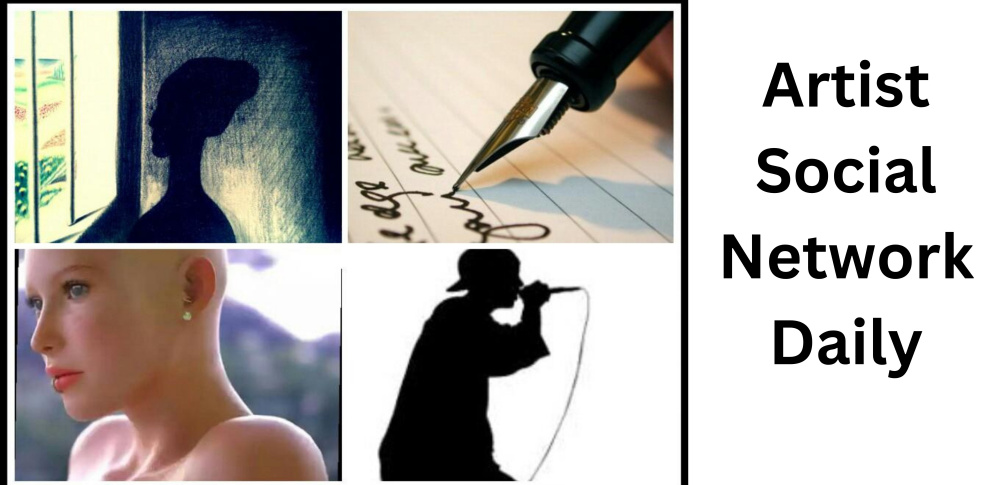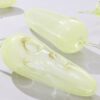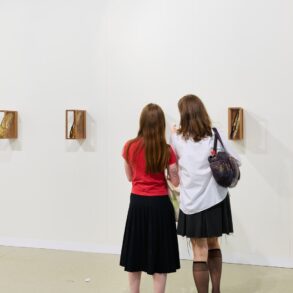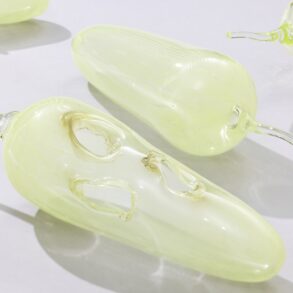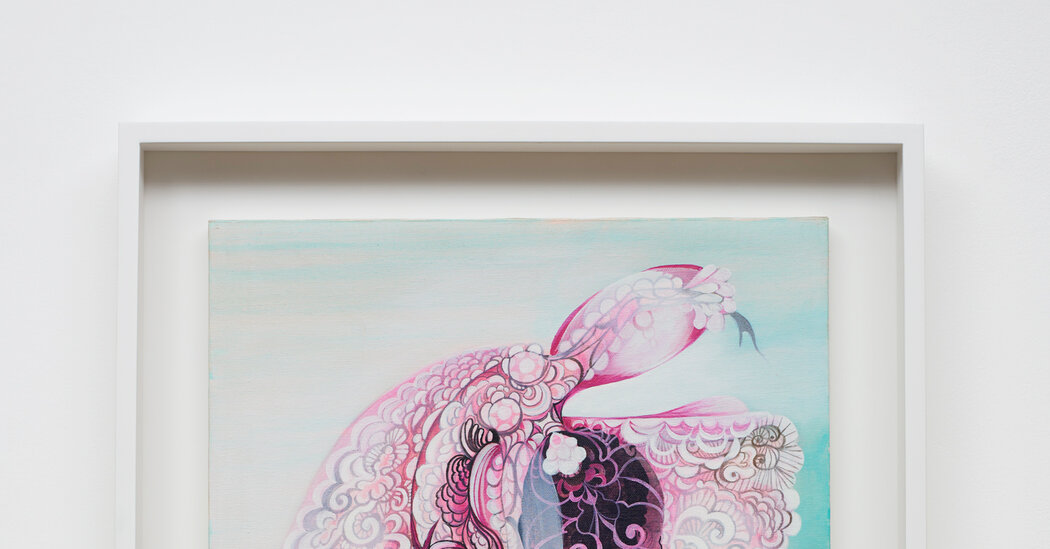
A form of artistic activism that faded after its heyday in the 1970s is back and aims to make its mark at TEFAF Maastricht.
In 2018, the curator Catherine Taft began researching an exhibition on ecofeminism, assuming it would be a retrospective on a philosophy that had fallen out of fashion. Ecofeminism emerged from environmental, feminist, social justice and antinuclear activism in the 1970s.
The movement resists traditional systems of patriarchy and capitalism that it contends subjugate women and exploit nature. It advocates for embracing collaboration, recognizing humanity’s dependence on ecosystems and respecting all life as sacred.
But in the 1990s, critics accused ecofeminism of stereotyping and falsely equating women and nature. The backlash caused the movement to go dormant. Then Taft noticed a shift. The COVID-19 pandemic and Black Lives Matter protests shined a light on social and environmental justice, leading to a re-emergence of ecofeminism.
“People are using the term again and are excited to embrace ecofeminism as an approach,” Taft, deputy director of the Brick gallery in Los Angeles, said in a video interview. Consequently, she focused the show on the present and future, and reframed ecofeminism “as an expansive strategy for survival in 21st century life,” she said.
Taft’s exhibition, “Life on Earth,” opened Feb. 28 in The Hague, Netherlands. At the same time, TEFAF Maastricht’s Focus initiative is showcasing two historic and contemporary ecofeminist artists. Together, these shows illuminate the many facets of this evolving movement.
Juliana Seraphim
This post was originally published on this site be sure to check out more of their content
